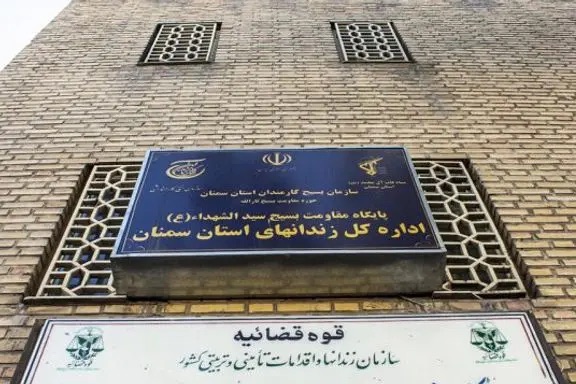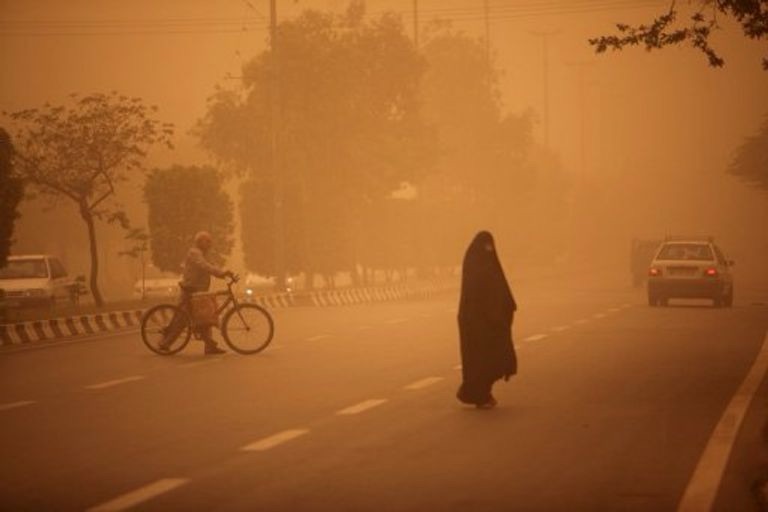
The Iranian news agency Mashregh News, which is affiliated with the Iranian Revolutionary Guard Corps’ intelligence service, reported that the Swiss citizen who was declared to have “committed suicide” on Thursday, January 9, in a prison in Semnan Province, northern Iran, had “used special techniques he learned from an intelligence agency” to carry out the act.
On Thursday evening, Mashregh News, quoting a knowledgeable security source, stated that this Swiss citizen had been arrested around the same time as an Israeli attack targeting sites in Iran, including in the Shahroud area. The arrest reportedly occurred while he was “collecting information and soil samples in the desert” in one of the cities in Semnan Province.
The agency claimed that the detainee, along with his “collaborative network,” had been identified, with the communication links he used uncovered. He was later transferred to Semnan Prison for further judicial procedures.
In the same context, the judicial news agency Mizan, affiliated with Iran’s judiciary, announced on Thursday that a Swiss citizen had “committed suicide” in Semnan Prison. The agency did not disclose the detainee’s name, details of his arrest, or how he committed suicide in a guarded cell. However, it stated that “all evidence and documents related to the detainee’s confinement have been reviewed, and the evidence confirms he committed suicide.”
In an official statement, the Swiss Ministry of Foreign Affairs confirmed the death of one of its citizens in an Iranian prison. Ministry spokesperson Pierre-Alain Eltschinger stated, “The Swiss Embassy in Tehran is in contact with local authorities to verify the circumstances surrounding the Swiss citizen’s death.” He also noted that the ministry is providing consular support to the deceased’s family but cannot provide further details at this time.
The death of this Swiss citizen, while in custody under the Revolutionary Guard’s intelligence service, comes amid the detention of several Western citizens in Iranian prisons. Western countries have made continuous efforts to secure their release, but these attempts have so far been unsuccessful.
Iran’s regime has been accused of using foreign detainees as leverage against foreign governments to achieve its objectives.
A History of Suspicious Deaths of Foreign or Dual-National Detainees
Iranian prisons have a long history of mysterious deaths involving foreign or dual-national detainees.
In the latest incident, Iran’s judiciary vaguely announced the death of Iranian-German citizen Jamshid Sharmahd on October 28. His family had raised questions about the circumstances of his death. A week later, Iranian judicial authorities claimed that he had died of a heart attack while in custody, denying that he was executed.
On February 8, 2018, Iranian authorities announced that sociology professor and faculty member at Imam Sadiq University, Kavous Seyed-Emami, had committed suicide in Evin Prison in Tehran after being accused of involvement in an environmental activism case. However, no transparent details were provided about the circumstances of his death, despite parliamentary demands for an investigation.
On July 11, 2003, Iranian-Canadian photojournalist Zahra Kazemi died in prison after being arrested while photographing a gathering outside Evin Prison. Initially, Iranian authorities claimed that she had died of a stroke, but later reports indicated she had been tortured to death.
Kazemi’s death remains one of the most prominent cases exposing severe violations within Iranian prisons. According to Iran’s current president, Massoud Pezeshkian, who was involved in investigating the case, Kazemi’s death was caused by a blow to the head with a solid object.
In addition to dual nationals, many political prisoners in Iranian jails have died under mysterious circumstances. Authorities often claim that these deaths are due to “suicide,” but the Iranian regime has consistently refused to take responsibility for deaths or injuries caused by torture during detention.



